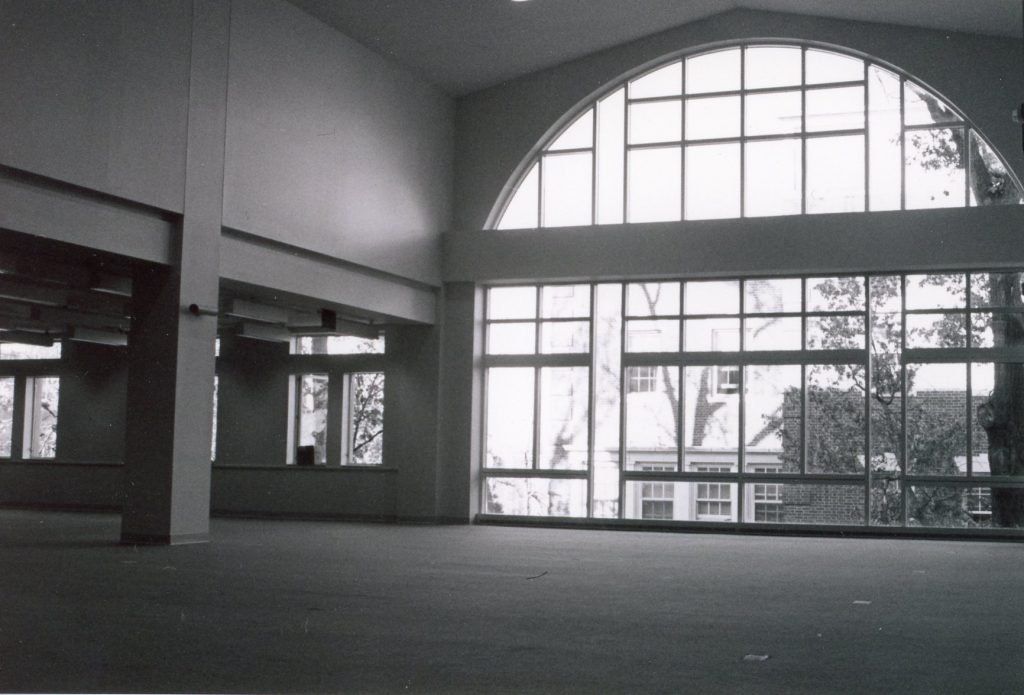October 07, 2022

Our series looking back on the history of Mizzou Engineering picks back up in the 1990s. From the rapid expansion of computing technology and financial difficulties throughout the college, Dean Anthony Hines was looking for ways to expand the footprint of engineering at Mizzou.

After breaking ground in 1989, the new Engineering Laboratory and Classroom Building opened in 1992, bringing new resources to students and faculty. Replacing a parking lot, the building included large classrooms, machine shops and office space. The building also included the 120-seat Ketcham Auditorium, which continues to host large engineering classes and events today.
The new building expanded laboratory space for civil engineering structural testing and chemical engineering. And the new “award-winning information commons and library” was 2.5 times the size of the previous library, expanding access to engineering research.
In 1991, the College buried a time capsule in the floor of the Engineering Building. Included in the capsule were items such as newspapers and project papers to provide artifacts for the next generation of engineers to “discover.” As of 2022, the time capsule remains buried under the ground-floor student commons area in Lafferre Hall.
With a legacy of growth and forward-thinking leadership, Dean Hines left the College of Engineering in 1993, and was succeeded by James W. Baldwin as interim dean until 1994 when Dean James E. Thompson joined Mizzou Engineering.
Dean Thompson brought lofty goals to the helm of the College. Within four years, he had hired 33 new faculty members and increased the College’s outside funding from $5 million to $12.3 million.
Thompson grew undergraduate research, entrepreneurship, experiential learning opportunities and international programs within the college, along with establishing the engineering research office.

Dean Thompson also spearheaded the reimagining of three departments during the later half of the 1990s.
Starting in the 1995-96 academic year, the College of Engineering’s computer engineering program merged with the College of Arts and Sciences’ former computer science department to create the Department of Computer Engineering and Computer Science. The first classes were held in fall 1996, and computer engineering and computer science quickly became one of the fastest-growing departments, reflecting the nation’s growing interest in computers.
Similarly, to reflect changing trends, the College renamed the Department of Agricultural Engineering the Department of Biological and Agricultural Engineering in 1996. Biological engineering complemented the existing agricultural engineering program, and the new department became extremely popular.
The oldest department at the College, civil engineering, also underwent major changes in the late 1990s. In 1998, the department changed its name to the Department of Civil and Environmental Engineering. The change came as a response to developments in molecular and genetic biology. It was also during this time that civil engineering at Mizzou began to work closely with the Missouri Department of Transportation. This relationship has since supported cutting-edge research into smart highways and alternative pavements.
With further expansion, growing research programs and advancing technology, Mizzou Engineering proved ready for the turn of the century.
This story is part of an ongoing series about the history of Mizzou Engineering. Read about previous decades here.